Expertise
How to review creative without wrecking it
Opinions without structure can derail a project. Bad feedback kills good ideas and morale. A simple system can save both.
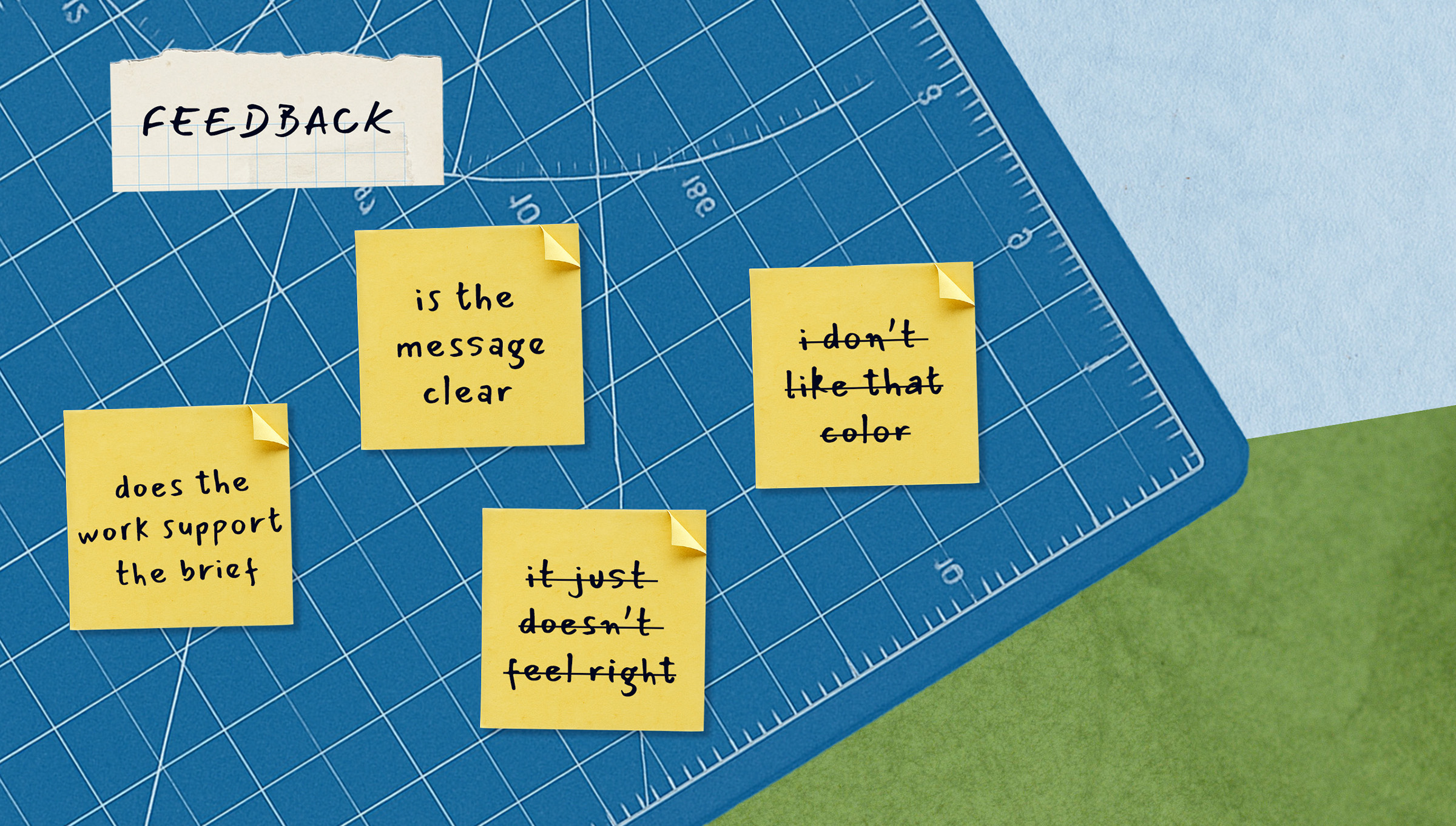
The stakes are higher than you think
One vague comment. One round of misaligned feedback. That’s all it takes to derail a strong idea, and waste the time, budget and trust that built it.
It happens all the time. A well-meaning stakeholder says, “It just doesn’t feel right.” Suddenly the team’s scrambling. Revising. Reworking. Second-guessing. Not because the work was off, but because the feedback was.
That’s the real challenge for brand and marketing leaders. One person’s “bold” is another’s “off-brand.” Without a shared frame of reference, reviews get reduced to personal preferences: “I don’t like that color.” “It doesn’t feel right.”
The right input keeps things moving. The wrong kind sends teams careening off track.Creative reviews work best when they’re rooted in function, not feeling. That’s when feedback shifts from personal reaction to purposeful progress. Because while creative is subjective, feedback doesn’t have to be.
Start with this question: Does it solve the problem?
Use the 3 Cs to guide your feedback
We use three core principles to evaluate creative work across teams and formats: context, content and craft. This simple structure keeps reviews focused, feedback purposeful and creative aligned.
- Context
Does the work support the strategy? Go back to the brief. What’s the objective? Who’s it for? Where will it live? Great creative still misses if it’s solving the wrong problem.
- Content
Is the message clear and relevant? Even a smart concept can fall flat if the message gets lost. Are we saying the right thing, in the right way, to the right people? Good feedback sharpens the message. It doesn’t just poke holes.
- Craft
Does the execution elevate the idea? Design and copy bring strategy to life. But execution only works when it reinforces the message. If it’s visually beautiful but conceptually confusing, it needs a reset. Polished doesn’t always mean effective.

A 3 Cs success story
We were asked to create a 30-second PSA for The Greatest 8, a nonprofit that helps parents teach their kids emotional resilience. The brief was simple: explain what the program is, who it’s for and how to sign up.
It was a passion project—pro bono—but we treated it like any other engagement. The early concepts leaned into metaphor. Strong tone. Beautiful production. But in review, something didn’t land.
The work looked great, but it wasn’t doing the job. The abstract visuals made the message harder to grasp. For busy parents scrolling through short-form content, the context wasn’t quite right. The concept wasn’t wrong, but it wasn’t helping.
So we shifted. Simplified the story. Focused on clarity. Then layered in just enough emotional weight to connect with the audience. The final PSA hit every point on the brief, with both precision and heart. The result was a PSA that was both clear and compelling.
Walking away from a strong concept, especially one the team poured time and talent into, is never easy. But creative work isn’t just about what we love. It’s about what works. Sometimes, doing the job right means taking a new direction.

Good feedback creates progress
The strongest reviews aren’t about saying what you like. They’re about helping the work do its job.
When teams evaluate creative through context, content and craft, review cycles get faster, execution gets sharper and results are just better. That’s not just a smoother process, it’s an advantage. Clearer reviews mean fewer wasted rounds, quicker speed to market and strategic campaigns that stay aligned. It keeps teams focused on outcomes that matter.
Good feedback isn’t about proving a point. It’s about helping people do their best work together. And that’s what gets the job done right.














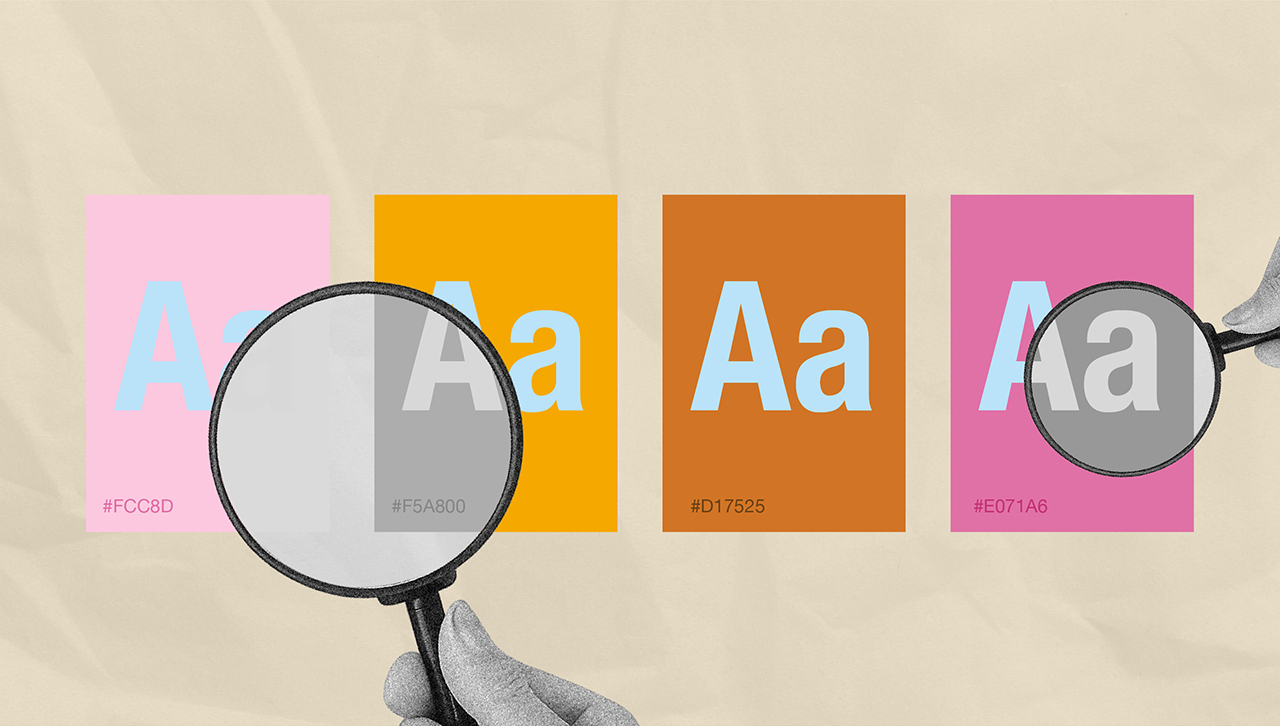





.jpg)
love.jpg)


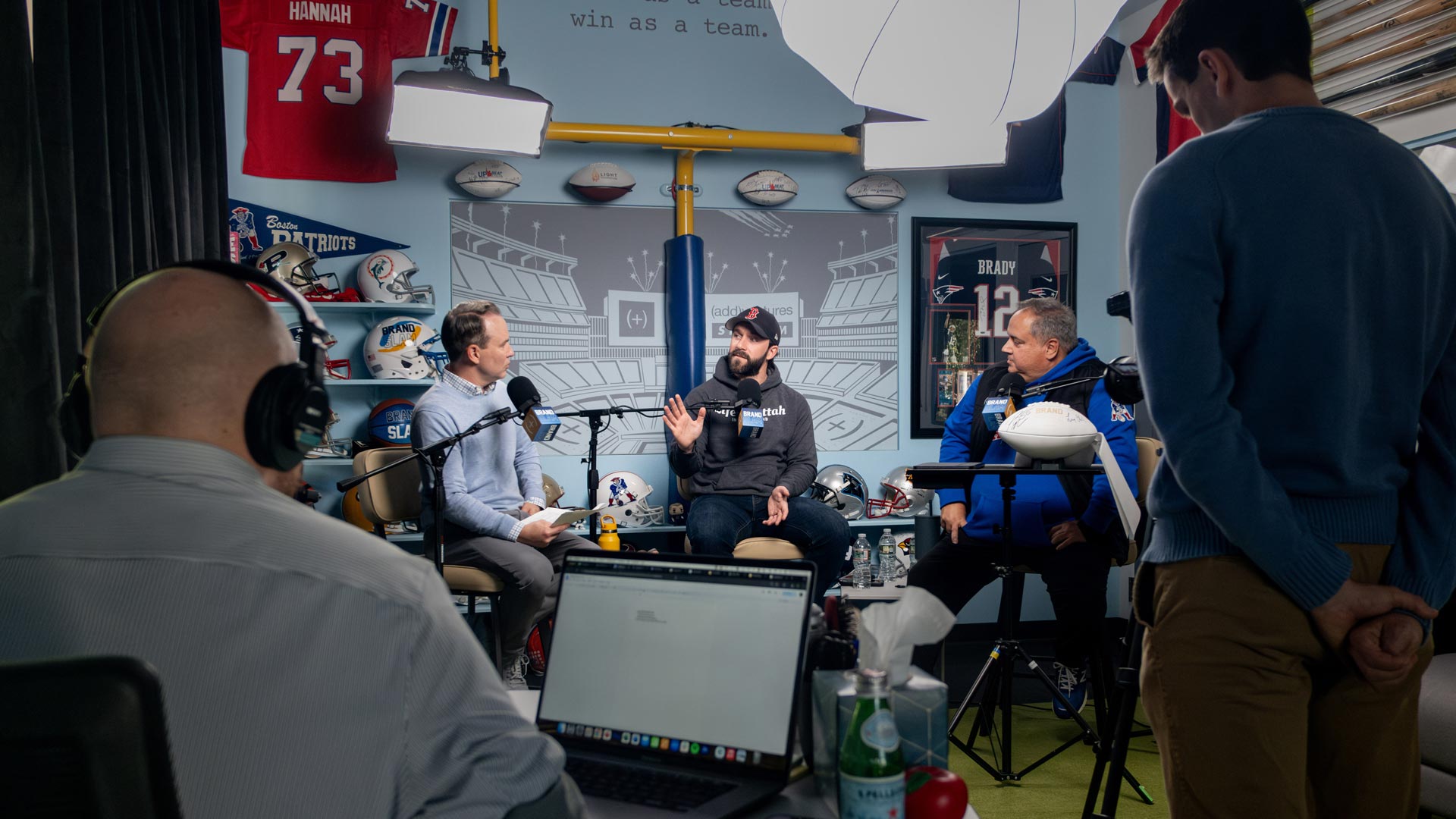


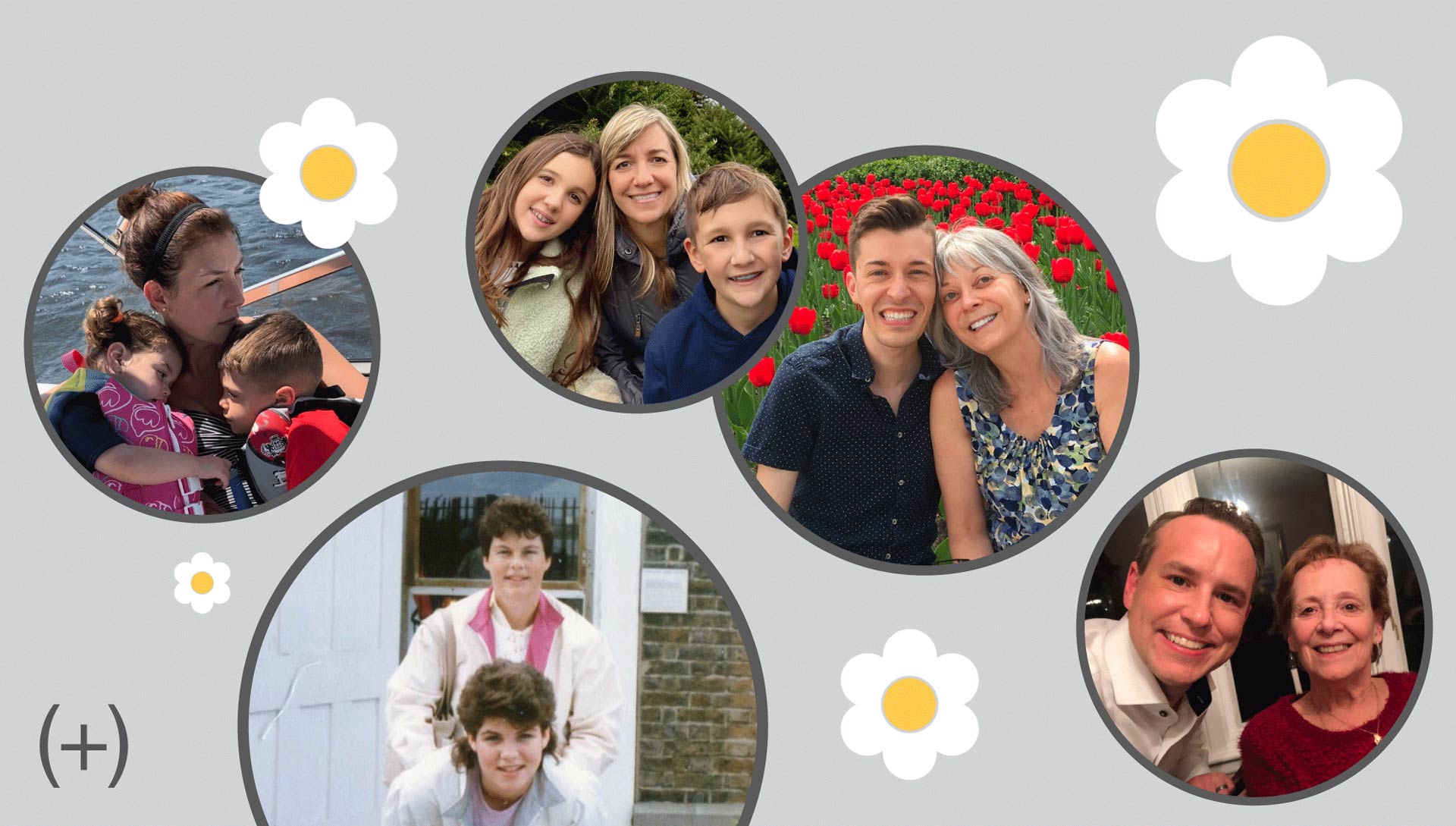


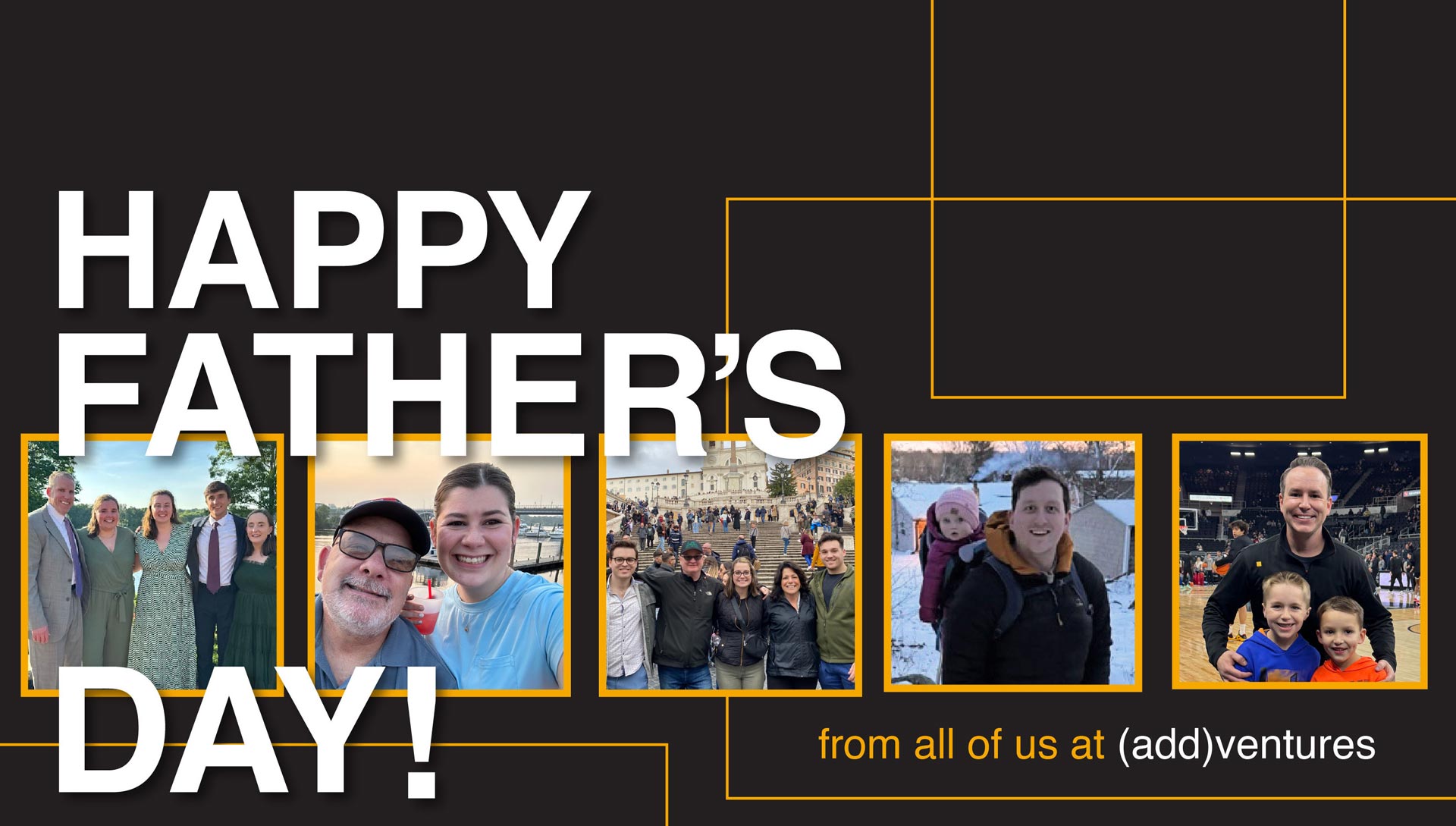
rentice-summer-2024-interns.jpg)





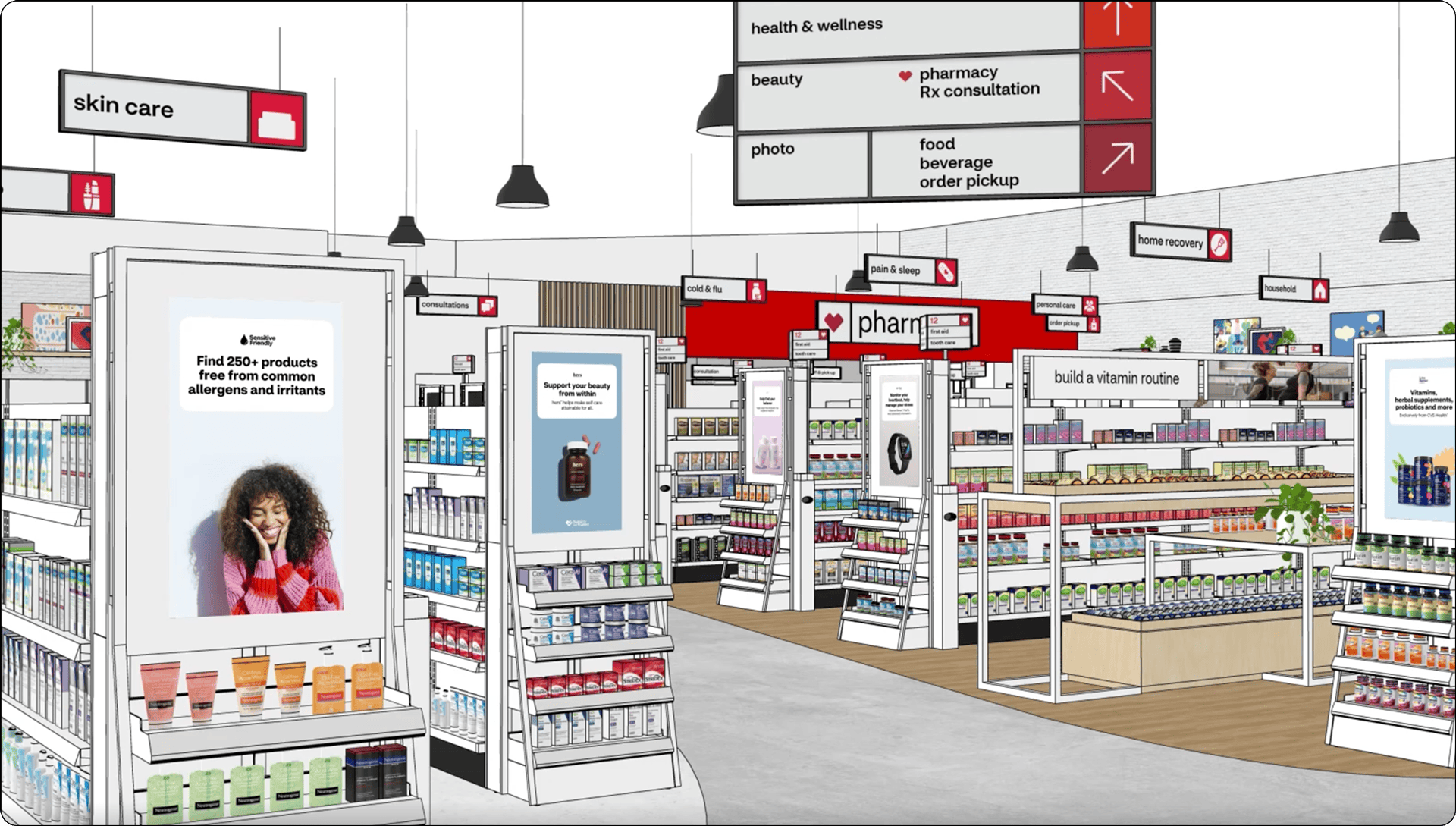


























.png)


.jpg)



.jpg)












